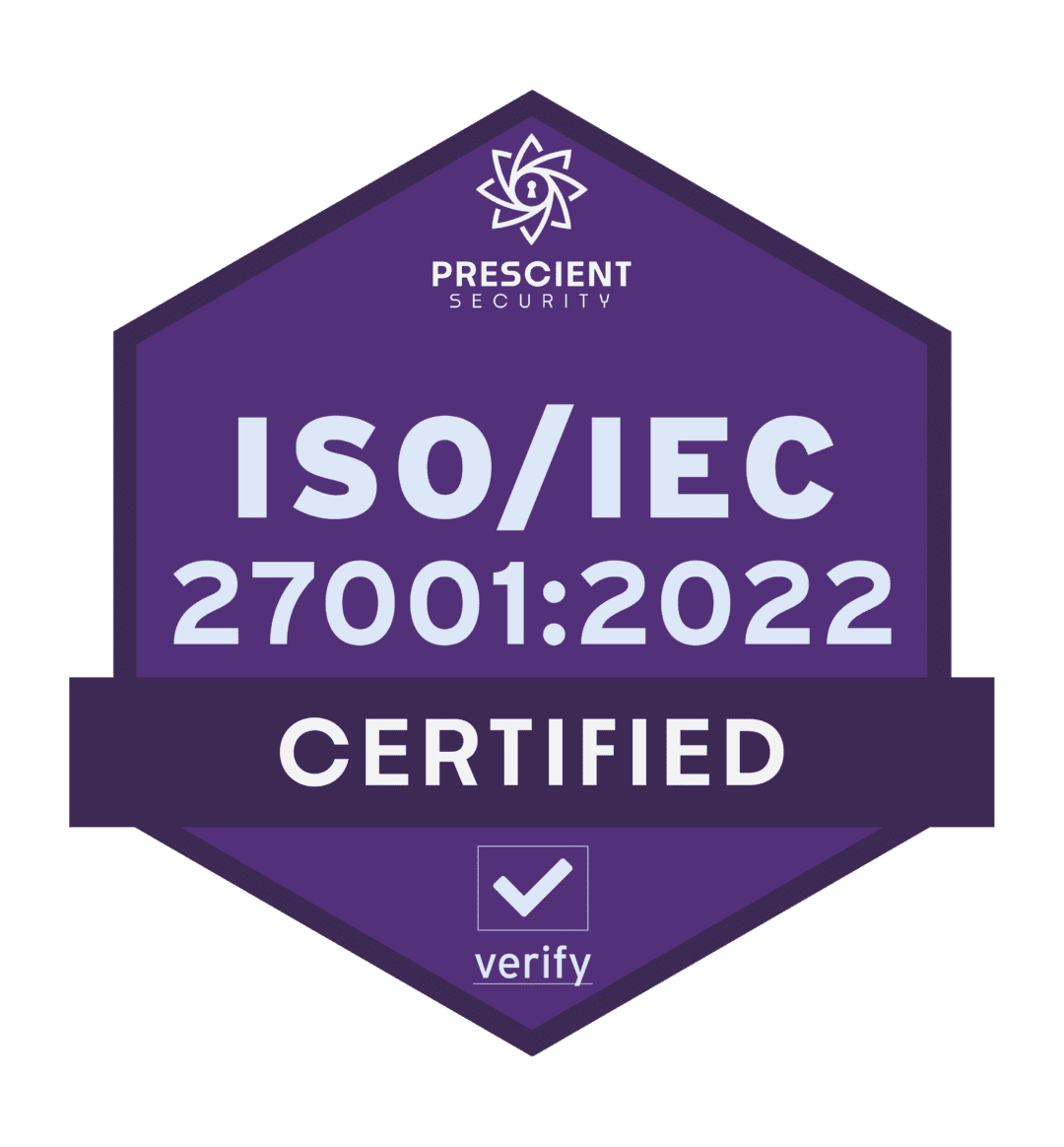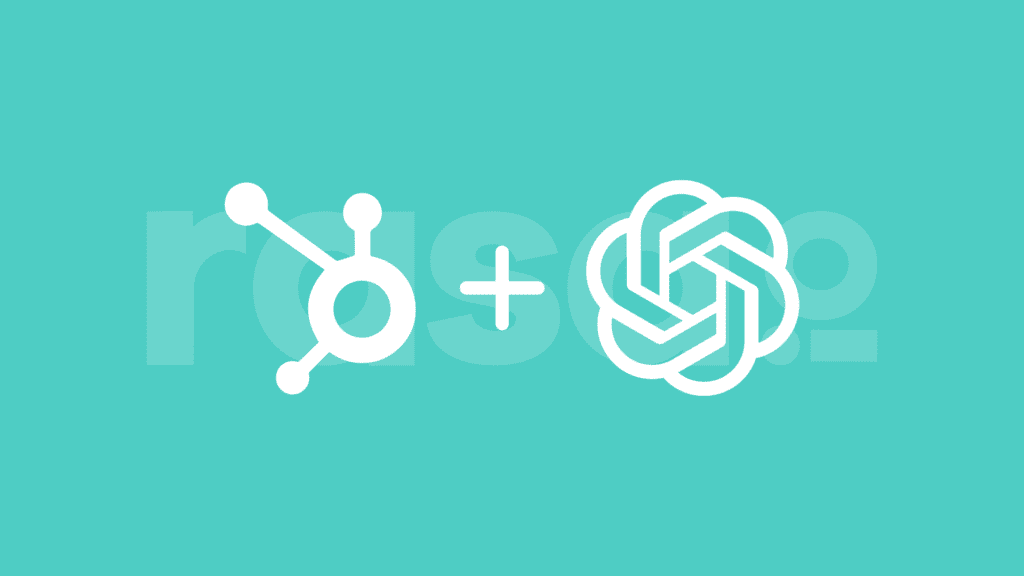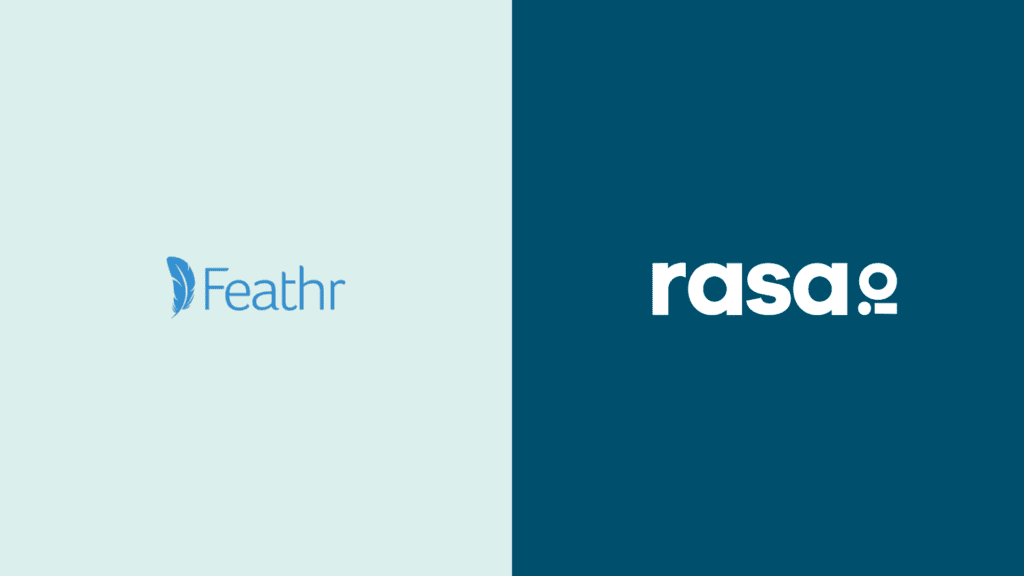Dave Verwer
How the publisher of a niche email newsletter changed the trajectory of his career. Dave explains the origin story behind his newsletter. It’s attracted over 40,000 subscribers and how he’s garnered a fiercely loyal following. This is Dave Verwer’s story about Pushing Send.
Dave Verwer is the creator of the very popular iOS Dev Weekly newsletter and the iOS Dev Jobs site. iOS Dev Weekly is distributed to 46,244 highly engaged subscribers made up of developers every week. His newsletter has been sponsored by industry leading companies like Facebook, Apple and Spotify.
Key Points From This Episode:
- Sometimes the intentions you have when making business decisions don’t pan out the way that you had planned, but there can still be an opportunity.
- Elevating your position within your community can lead to opportunities without having to directly promote yourself.
- Consistent, interesting, good quality content can make a big impact in the growth of your newsletter.
- Focus on a wide variety of topics in your niche and provide great commentary that will save people time when they don’t have to read everything out there.
- Develop a product based on something you need for yourself that actually works properly.
- When you see a need in your industry, create a way to fill that need. This can create multiple avenues of income.
Tweetables:
“I think the main reason that grew was because it was every single Friday that I think is, is absolutely key to it. And it was interesting, good quality content.” – @DaveVerwer
“I get feedback quite regularly that it’s a good selection of quite broad content and it saves people having to read what can be an overwhelming amount of content that people publish every week.” – @DaveVerwer
“The links are core to the newsletter, but the commentary as well has become something that people pay attention to and appreciate.” – @DaveVerwer
“Here is this concrete example of an email that grew from nothing to tens of thousands of subscribers, heavily engaged subscribers. And that’s the key thing as well. People really read and really enjoy these kinds of newsletters because it saves them time.” – @DaveVerwer
Links Mentioned in Today’s Episode:
Episode Transcript
Dave Verwer:
You never know where something is going to go. And if, I think back to the process of starting this newsletter, we started on a whim, really. It was this idea I had and I chatted it through with a friend of mine and he persuaded me to do it. And the next thing I knew issue one, was published and I’m thinking, well, have I got to do this again next week? Because I have made that decision to call it something weekly, which means you are tied to that cadence every week. And so, yeah, suddenly from that seed of an idea very quickly, it was something that I’ve now, it changed my life completely, it changed my career completely because I’ve, I’ve now nine and a bit years into that process of doing it every single week.
Bryan Kelly:
From rasa.io, the free tool for sending smarter and better email newsletters. This is Pushing Send a show featuring people who send emails, their subscribers actually want to read. I’m Bryan Kelly and on today’s show how the publisher of a very popular niche email newsletter turned a 600 person list into over 40,000 subscribers. Here’s Dave Verwer explaining how he got started. Your newsletter is titled iOS Dev Weekly, and is for those interested in developing software on Apple’s iOS platform. What initially caused you to publish this niche, email newsletter every single week?
Dave Verwer:
Yeah. So at the time that I started it, I was running a iOS development and training company. So I did training courses, both kind of publicly attended courses where people could just book on and book a spot on a course and attend it, or, you know, I was going into companies and doing onsite training for people. And I have been a big fan of a couple of similar types of newsletters in different languages. So there was a Ruby newsletter called Ruby Weekly. So I knew that format. I really liked that format because I subscribed to that newsletter. It was something that was interesting to me and I thought, well, I wonder if there’s an opportunity for me to do the similar thing for iOS development and the original idea behind it was maybe this would be some kind of vehicle to promote the training and consultancy services. Turns out that it actually didn’t ever really fulfill that purpose directly, but it became its own thing and its own success by itself, which exceeded any expectations that I had of what it would turn into.
Bryan Kelly:
Sounds like the intentions you had for it didn’t pan out the way you had hoped.
Dave Verwer:
Yeah, actually it kind of did. So when I first started thinking about this as like, well, maybe I should do this kind of this weekly newsletter, that’s an idea. I really enjoyed this format. My head was going towards like, well, is this going to be some kind of direct way that I can promote my services? And it never turned into that. But what it did do is it elevated my position within the community to the point where people were booking training and consultancy services, not through the fact that I was advertising them, but just through the fact that my reputation was raising inside the community.
Bryan Kelly:
Okay. So it sounds like it helped give you a platform of sorts in the iOS development community.
Dave Verwer:
And I have been doing so I had already been very active in that community before starting the newsletter, but this really amplified it.
Bryan Kelly:
Got it. Makes sense. Now you’re pretty active on Twitter and I’m wondering if it’s contributed to your growth at all. Was there a focus strategy there that you put together?
Dave Verwer:
So if I remember rightly I launched it with a single tweet and got very lucky with a couple of kind of retweets and people in that tweet got some traction. And from that single tweet, I think if I remember rightly 600 people signed up, which at the time was a little bit intimidating because I had put this thing together pretty quickly. I put the whole thing together in a couple of weeks or something like that, including a little website that was, that was taking the sign-ups and the template for the first issue. But I hadn’t written the first issue by the time I had actually put that tweet out. So getting 600 sign-ups was really, it made it very real. And I suddenly thought I’ve actually got to do this now, but I was, I have no illusions that that was a bit of luck in the process of launching risk this because while 600 is only a relatively small number compared to 50,000, it’s a really good start.
Bryan Kelly:
Yeah. 600 engaged subscribers is a fantastic place to start right away and begin building towards a thousand then 10,000 and even beyond.
Dave Verwer:
Yeah. But at the same time that 600 is an interesting place to start from, but it would have stayed in the low numbers of subscribers. If it hadn’t also been consistent and relatively high quality and interesting if people hadn’t grew very quickly week on week on week because, and I think they have to take some kind of assumption hand because I wasn’t talking to people directly. But I think the main reason that grew was because it was every single Friday that I think is, is absolutely key to it. And it was interesting, good quality content.
Bryan Kelly:
Do you have a sense for why the audience is so loyal?
Dave Verwer:
Yeah, definitely. One thing that I think people I hear regularly is that people like the type of content that I tend to recommend and that type of content I’ve always been quite a generalist. I’m not the best programmer. I’m not the best designer. I’m not the best business person, but I can do a little bit of all of those things. And so my interest in the iOS space is quite broad. And so while the newsletter does focus slightly more towards the technical side, it does cover a whole lot of things. And so I get feedback quite regularly that it’s a good selection of quite broad content and it saves people having to read what can be an overwhelming amount of content that people publish every week. Another thing that that has changed over time though, is what the newsletter consists of at the beginning. It was very much just here are about 10 links every week, and it was all really about the links over time. I’ve started to want to write more commentary and commentary, not only on the links, but on the industry and on the state of iOS development as a whole. And so it’s changed slightly over the years because it’s been going over over nine years now, it’ll be, it’ll be the 10th anniversary next year. And so it’s still very much, the links are core to the newsletter, but the commentary as well has become something that people pay attention to and appreciate.
Bryan Kelly:
What’s motivated you to keep doing this week after week for years?
Dave Verwer:
The way I always think about it is if there’s one link every week that you can say, well, that was an interesting link. Then I’ve done my job. And if I can make one link out of the 10 or 12 that I tend to put in the newsletter, then I’m happy.
Bryan Kelly:
When we come back, Dave breaks down his workflow for creating his weekly newsletter. Plus he shares how that workflow became a software tool for others interested in publishing email newsletters. I’m Bryan Kelly, and you’re listening to Pushing Send from rasa.io.
rasa.io:
Creating email newsletters takes a lot of time. You might curate articles, write content, tweak your template, and look up metrics. And that dimension you’re probably doing all of this once a week. well at rasa.io, we said enough and built a free tool to simplify the process, which saves you time. It also uses AI to personalize emails for each subscriber based on their interests. That means they get stuff they like to read. Want to see how it works? Visit www.rasa.io and click how it works.
Bryan Kelly:
Welcome back to Pushing Send, I’m Bryan Kelly. Dave Verwer has been publishing his weekly newsletter to a stadium full of people for almost a decade. And he has had some really interesting opportunities to expand his work into new areas because of this email. But first here’s Dave sharing some details about how he creates his newsletter. I’d like to have you describe your workflow when putting together each week’s issue, but I know there’s an interesting story related to how you actually turned the whole process into a product.
Dave Verwer:
Yeah, so the workflow has remained similar, uh, across the history of the newsletter, but of course it has evolved and changed. Originally. I was using, Del.icio.us. Del.icio.us was a bookmarking service ultimately owned by Yahoo for a little while I think, and then there was a service called Pinboard Pinboard is still going now. And so I used to collect my links with Del.icio.us and Pinboard throughout the week. Just really, as I saw, I wasn’t particularly seeking out links at the beginning. I was just kind of, it was coming across to Twitter or I was subscribed to a whole lot of RSS feeds and I’d see things that were interesting and I’ve bookmarked them. And then towards the end of the week, I would start to filter those down, curate them into a set of, okay, this is the, this is the 10 that I’m going to send out. Then I kind of built myself some fairly primitive and fragile tools for putting together those links into, into a newsletter that I could send out. And I used MailChimp at the time, but that whole process of getting it from the links into a newsletter in MailChimp every week took quite a significant amount of time. And if I spotted a mistake in the kind of final draft of it before it went out, and this is not MailChimp’s fault, I want to be very clear about that. This is the fault of the tools that I made to create this process. You know, it was quite a painful process to make edits at that point. And I just thought, well, at this point it was actually starting to make a little bit of money through sponsorship. And I thought, well, I’m going to put that money into developing a tool for myself to help me produce this newsletter. And so I kind of designed out some ideas on how I’d like the workflow to be implemented and we started to build it. So I had a small company at the time, a couple of developers and a couple of other people in the company. And we started to put together a tool initially just for me. And it certainly wasn’t fit for other people to use at the time, but certainly the whole way through development of that tool, I was thinking, I wonder if this could one day be a product, but that we didn’t develop it as a product. We developed it as a tool for me and then turned it into a product in the end. But that was not the initial idea.
Bryan Kelly:
That tool of course is called Curated, which you’ve sent sold to another company. But what do you think drew people to it initially when you launched it?
Dave Verwer:
The appeal of Curated is that that digest style of newsletter was quite popular and still remains quite popular to the, to this day. But it was quite popular at the time. And actually the success story of iOS Dev Weekly really helped cement the product in people’s mind as, okay, this is something that can actually work. This is something that is not just a theoretical, like if you design an email, then people might subscribe. This is something that is, well, here is this concrete example of an email that grew from nothing to tens of thousands of subscribers, heavily engaged subscribers. And that’s the key thing as well. People really read and really enjoy these kinds of newsletters because it saves them time. It saves them a whole lot of work, kind of keeping an eye on things themselves. And so I think a lot of that initial success that it had was because they could see a concrete example of it, this thing working.
Bryan Kelly:
Yeah. That’s a really great testament. Did you have any regrets related to that project?
Dave Verwer:
I think my biggest regret when designing the system is putting in a sponsorship system, because what that did to the marketing of Curated was it made people focus on, well, I can use this tool to make me money and it’s not really. Yeah. I mean, that tool can be used to make you money, but it’s not that simple. And it attracted a lot of people who, who wanted to immediately just start charging for sponsorship. And that was a challenge that we faced at the beginning.
Bryan Kelly:
Was there a specific lesson there that you learned?
Dave Verwer:
Yeah, I turned down sponsorship for 18 months before taking that first sponsorship. Okay. The newsletter was already significantly successful and companies were already approaching me asking if they could sponsor the newsletter way before I even can say way before Curated existed, but way before I actually even wanted to turn it into something. And it was never my intention to turn it into something that would make money by itself. But it became something that did.
Bryan Kelly:
Now, a couple of years ago, you launched a sister publication to your newsletter called I O S dev jobs. What’s the story there?
Dave Verwer:
It was something that was interesting, that was happening with the sponsorship with iOs Dev Weekly. Companies were using a full so from the beginning, I decided that it would only be one sponsored link, very strictly controlled with one sponsor per week. That’s it? No multiple links, nothing like that. And what companies were doing was iOS developers were in such high demand that they were using a full sponsored link to advertise a job. I thought, well, that is a tricky one because jobs, at least at the time were very much focused in a physical place and the newsletter is worldwide. And so what was designed to be a sponsorship for everybody who was reading the email, it was suddenly a sponsorship for people who were just living in San Francisco or Amsterdam or London. And that made me think, well, maybe I’ve got this slightly wrong in terms of the should be just one sponsor, but maybe there’s room towards the bottom of the newsletter for a couple of job listings every week. And so I, I opened up a second avenue of sponsorship in the newsletter for job adverts. That could be a little bit more like the price was reduced significantly because they are limited to only a certain subset of the people who are reading the newsletter. So for a long time, I ran that as just sponsorship through the newsletter for job postings. But yeah, you’re right. A couple of years ago, I decided, well, I wonder if there’s an opportunity to spin that out into a separate project and allow people to post jobs on that site, have a separate email list for that, and then allow people to kind of upgrade their listing into, well, it will also go out in the weekly newsletter and it’s still running like that to this day.
Bryan Kelly:
What’s the future vision you have for all of this. Now that you’ve been doing it almost 10 years,
Dave Verwer:
I still really enjoy writing this newsletter. Like it gives me pleasure every week to write the newsletter itself and to read all the links from the community. And so, yeah, I’m actually fairly content in terms of, I’d like to keep sending this newsletter out. And of course it has led to other projects, obviously the iOS Dev job site, which I am involved with all of these, a site that I run, but also several other projects have kept sprung out of the connections and the relationships that I’ve made. And so I always liked throughout my whole career. I’ve always been happiest when I’m doing a little bit of lots of different things. So I don’t really want iOS dev weekly to take up more of my time than it currently is. I’m very happy with the position it has within my kind of weekly workload. And I also have some kind of contract work that I enjoy doing. And I also have an open source project that I’ve built in the last year and a couple of other sites that are all kind of related. And so I kind of liked that spread of lots of different tasks. And so iOS Dev Weekly is one of those and I’m, I’m pretty happy for it to continue to be one of those for the foreseeable future. Yeah.
Bryan Kelly:
Dave is a perfect example of someone who saw a niche, took a chance and built a new life for himself and ultimately his business. All thanks to the power of email. You may or may not be in a similar situation with the same opportunities, but what aspects of Dave’s story can provide inspiration for you right now today? Coming up on our next episode, we’ll hear from Marcus Sheridan, an internationally known speaker and bestselling author got his start selling above ground pools and also owns an award-winning content marketing agency. Marcus shares. How many of the lessons he’s learned on the front lines of sales and marketing can be applied to one on one email outreach. You won’t want to miss with Marcus has to share. So if you’re listening to Pushing Send for the first time, be sure to subscribe at Apple podcasts or wherever you’re listening. So you don’t miss an episode. And if you’ve enjoyed what you’ve heard today, I’d encourage you to check out a few other episodes while you’re here. Lastly, leaving a review will help us share these stories with others, just like you. Thanks in advance for doing that. I’m Bryan Kelly, and you’ve been listening to Pushing Send from rasa.io.














